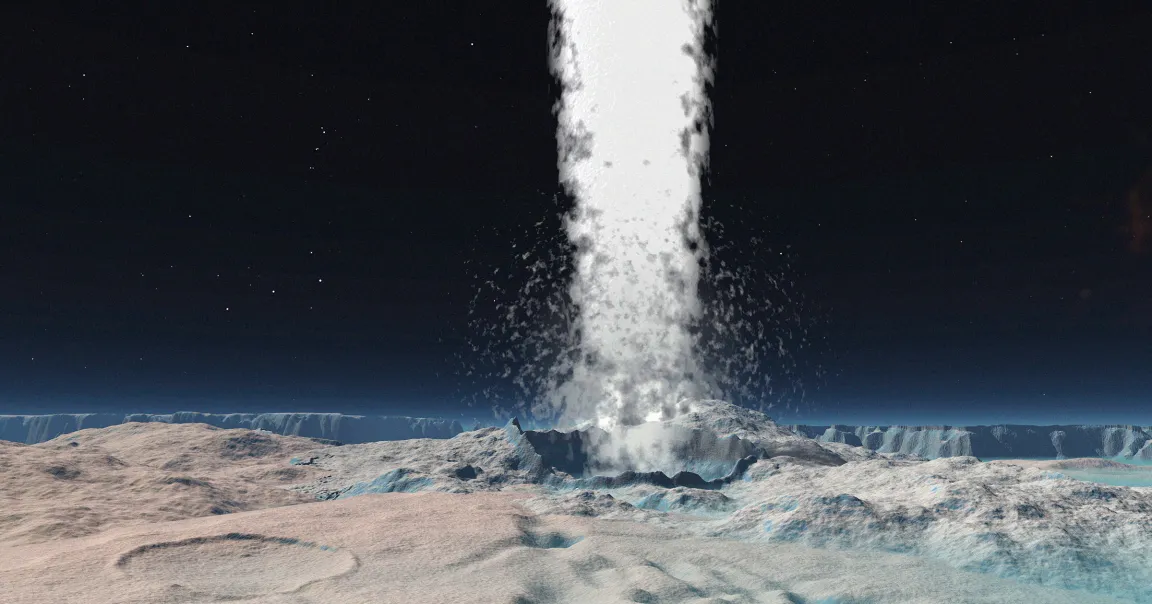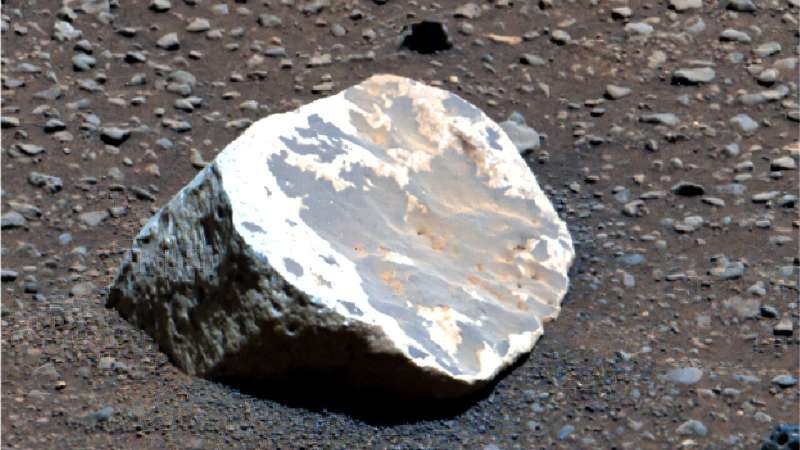In a discovery that has left scientists intrigued and concerned, Earth recently experienced one of the shortest days ever measured. The planet’s rotation, which governs the 24-hour cycle we rely on, is showing signs of accelerating — a trend that could have widespread implications for technology, timekeeping, and our understanding of Earth’s inner dynamics.
A Planet in a Hurry
On a typical day, Earth completes a full rotation on its axis in approximately 86,400 seconds — or exactly 24 hours. However, on a recent day, atomic clock measurements revealed that the Earth completed this rotation a fraction of a second faster than usual. Although the difference might seem negligible — just milliseconds — it marks a significant departure from the norm in geophysical terms.
Atomic clocks, the gold standard in time measurement, recorded a rotation shorter than the standard 24 hours by about 1.46 milliseconds. This might not be noticeable in daily life, but it’s enough to raise red flags in the scientific community, particularly among those who monitor Earth’s rotation and coordinate global time systems.
What’s Causing the Acceleration?
Several theories are being explored to explain the phenomenon. Some experts believe changes in Earth’s molten core — which affects the planet’s moment of inertia — could be influencing the rotational speed. Others point to the movement of oceans and atmosphere, as well as seismic activity and even glacial rebound (the slow rising of land once compressed by ice sheets) as potential contributing factors.
Moreover, the Moon — which has historically helped regulate Earth’s rotation by creating tidal friction — is slowly drifting away from the Earth. While this tends to slow down the rotation over long periods, other short-term mechanisms may be counteracting that deceleration, at least temporarily.
Implications for Timekeeping and Technology
This increase in Earth’s rotational speed presents real-world challenges. Coordinated Universal Time (UTC), the global standard by which clocks are set, is synchronized using the position of Earth relative to the Sun. When the Earth’s spin fluctuates, adjustments must be made to ensure precision.
Until now, leap seconds have been occasionally added to UTC to account for a slightly slower Earth. However, if the trend of a faster rotation continues, scientists may soon face the unprecedented task of subtracting a leap second — something that has never been done before.
Such a shift could disrupt systems that depend on ultra-precise timing, including GPS satellites, data networks, financial markets, and communication infrastructure. These systems rely on meticulous time synchronization, and even minor irregularities can have ripple effects.
A Mystery in Motion
While Earth’s rotation has always fluctuated to some degree, the recent acceleration is unexpected and not yet fully understood. Scientists around the globe are now closely monitoring the situation, using a combination of astronomical observations, satellite data, and seismic readings.
As we continue to track the Earth’s erratic spin, one thing is clear: our planet is not the rigid, mechanical object we once imagined. It’s a dynamic, shifting world — influenced by forces both above and below its surface — and its changing rhythm may soon demand that we rethink how we measure time itself.
Final Thoughts
The speeding up of Earth’s rotation serves as a reminder of the intricate balance that governs our planet. While it’s unlikely to affect our daily routines in the near term, it underscores the importance of continued observation and adaptation in an increasingly technology-driven world. For now, Earth has given us one of the shortest days on record — and scientists are racing to keep up.
















Leave a Reply